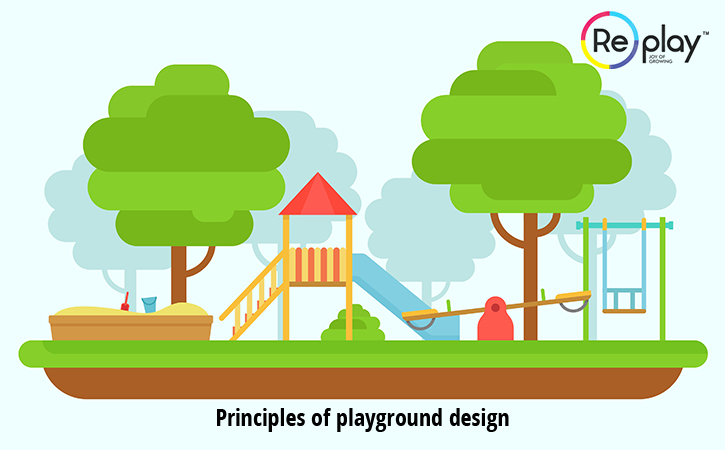
Seven Principles of Playground Design You Need to Know
Playgrounds play a decisive role in child’s development. It is one of the few environments where a child has the freedom to run, talk, explore, and do whatever they would like to. This is why designing a playground involves a lot of planning and arrangement. Are you aware of the principles to be considered when designing a public playground?
Here we will let you know about those basic principles that need to be implemented when designing a playground.
Safety comes first
Safety matters a lot when it comes to children. Making a playground safe involves the following factors;
- Location of the playground
- Age-appropriate activities
- The materials and sizing must meet the area regulations, through idea of local and federal codes
- Plan against playground deterioration that could pose a hazard
Natural setting should be enhanced
The playground you are designing should accentuate the natural setting to help the little ones learn about the world. If you are in a rural setting, it’s better to place local plants to surround the playground. Even using local materials is a great option. To make the area safe, playground should be constructed with sleek materials that perfectly complement the cityscape.
Both disabled & non-disabled can play
Successful play spaces offer better play experience to both disabled & non-disabled kids. It’s important to design the play space in a manner so that everyone can participate or play. From parents to caretakers, everyone can gain easy access to play spaces.
Need to engage all senses
A good playground will engage your little one on more than one sensory level; sound, smell, touch, and sight.
Challenges
A playground is where kids can experiment, learn and explore. Therefore a good playground should be designed in a way so that you can install modern playground equipments. Consulting with a playground equipment manufacturer can help you with this. The playground should include places to play sports and other organized games.
Reshape the ground
Reshaping the site topography will create non-programmed spaces of different scales and types that will encourage the little ones to exercise their imagination. Hills, berms and other ground configurations create a powerful invitation to play.
Playgrounds should change as per requirement
Good playgrounds recognize the needs of both toddler and kindergartner. Ensure that you offer play options for all age groups. You should know that long lasting playgrounds incorporate activities for several learning levels.
Have you ever thought about what goes into the design of those playground structures you see at schools, parks and even in the backyards of residential living facilities and churches? There are seven (7) principles that should be considered when it comes to playground design:
Blog Archives
- October 2020
- July 2020
- February 2019
- February 2018
- January 2018
- December 2017
- November 2017
- October 2017
- September 2017
- August 2017
- July 2017
- June 2017
- May 2017
- April 2017
- March 2017
- February 2017
- January 2017
Blog Categories
- Advice
- Child Development
- Children Safety Surface Flooring
- Gym Flooring Options
- Open-air Gym Equipments
- Outdoor Play Equipments
- Outdoor- Fitness
- Play
- Play Equipments
- Play Ground
- Playground Equipment Installation
- Playground Safety
- Safety Surface Flooring
- Specially-Abled Kids
- Specially-abled Playground Equipment
